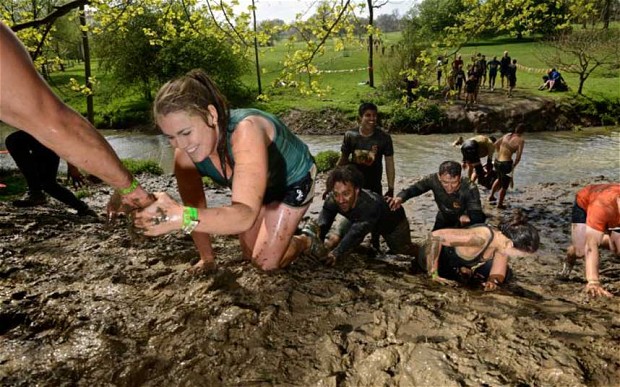How can a set of simple values and principles work together to help project teams resolve unknown complexities, manage continuous change, mitigate risk and improve morale? That’s impossible! Or is it?
To me, it depends on where you place your trust.
The play on words is “where” – meaning it must be a journey and a “place” – meaning you cannot get there without the journey.
Since its agile framework focuses on Scrum, let us take the SVPM Volunteer experience as an example. The SVPM volunteer’s journey in the transformation of trust – this learning experience – has similar aspects as the team dynamics of forming, storming, norming, and performing.
Forming:
Given some basic orientation of the program’s tools and techniques the volunteer is assigned to a team. As a team member, one of the first events they experience is the backlog refinement. This gets the volunteer familiar with the backlog and prepares them for their team’s sprint planning meeting. The sprint planning meeting establishes the sprint backlog and starts their first sprint. The volunteer takes on the ownership and responsibility of a backlog assignment or two and their first sprint begins.
Storming:
As the new volunteer steps out of their comfort zone and into the unknown – all throughout the first part of their sprint journey – from backlog refinement to sprint, they will have doubts on whether they have been prepared enough. There is a lot to learn, so much to understand. They are being expected to perform as an active team participant starting on day one, yet many things they are expected to do appear to be contradictory to standard fundamentals of project management. There will be a lot of questions about everything. Can each team member be trusted? How is this framework going to help overcome all this chaos and confusion? They may even question why they volunteered for this program.
Norming:
By the end of their product review, the volunteer will start to realize they’ve survived – nothing major had gone wrong. As a member of a self-organizing team, they realize their team was somehow in control. They were responsible for deciding what things worked best for them, what didn’t, and what new things should be done differently going forward. Each ceremony offered an opportunity to validate their set of assumptions. They learned how to “reflect and adapt” and recognize its value. This basic fundamental alone enabled their team to navigate around project complexities, respond to change, address the unknowns, overcome risks to meet their objectives.
Performing:
By the end of the retrospective, the volunteer realizes they are in a safe environment where they can test new ideas with minimal risk. They realize how refreshing it is to work in an environment of transparency and trust. They experience the positive impact this has on the team’s performance.
At this point, they have made it to the “event horizon” – there is no turning back. They have reached what I call the “transformation of trust.” They know and have experienced how the values and principles of Scrum work within an iterative set of ceremonies and how this enables their team to resolve unknown complexities, adapt to continuous change, mitigate risk and meet their objectives. They now understand and trust how Sprint works.
The rest of the journey will provide further opportunities to test and improve upon these newly discovered insights and obtain bigger and better outcomes. After about their third sprint iteration their trust in Scrum is solidified.
If you would like to experience this journey in reaching your “transformation of trust” in Scrum, join the SVPM Scrum Team Program. Click here!


I completely agree, trust is the foundation of how relationships evolve and without it, there will be no relationship. In Agile, and in this case scrum, the framework gives the space for trust and transparency to be built and in SVPM, volunteers experience that transformation I would say right from the beginning. Not only do they use the framework optimal for that (scrum) but also the workspace created by sponsors, PO, scrum masters, and the rest of the senior colleagues allows new joiners to feel in a safe environment and to dare to interact freely, while experimenting with the framework in its capacity.
Sara Tripiana
Thanks for sharing Don! Yes, I agree agile and scrum has helped provide me the foundation of building ‘trust’ with the short cycles where the teams can opening and continuously reflect and adapt. Thank you Silicon Valley Project Management for providing me this experience. I would highly recommend joining the group.